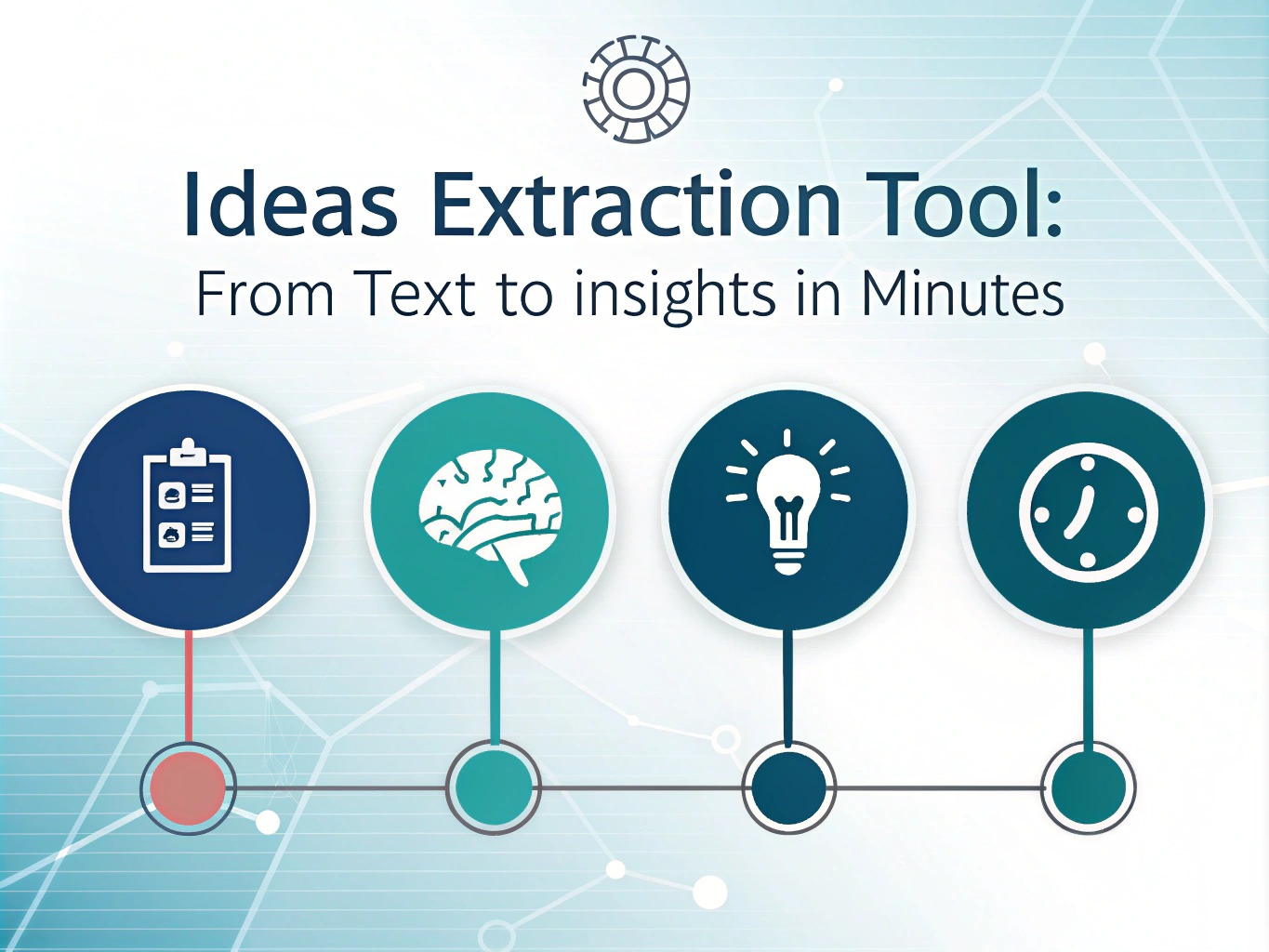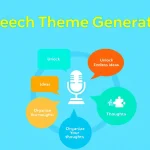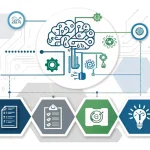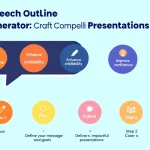Is this tool helpful?
How to Use the Ideas Extraction Tool Effectively
Follow these straightforward steps to get the most insightful ideas from your text using the Ideas Extraction Tool:
- Enter your text: Paste or type the content you want to analyze into the text area. For example, you might input a speech on climate change or a review of the latest smartphone technology.
- Click “Extract Ideas”: Hit the button to start processing your input. The tool will analyze your text and extract key ideas.
- Check the results: The tool presents 20 to 50 clear and concise ideas, each neatly summarized in 15 words.
- Copy ideas for use: Easily copy the extracted ideas to your clipboard for quick reference or sharing.
Here are two example inputs to help you experiment with various content types:
- Sample Input 1: “Global climate change demands immediate action, focusing on renewable energy, carbon reduction, and sustainable development policies worldwide.”
- Sample Input 2: “The evolution of wearable technology connects health monitoring, fitness tracking, and real-time data analysis for personalized wellness.”
Unlocking Insights with the Ideas Extraction Tool: Definition, Purpose, and Benefits
The Ideas Extraction Tool is a powerful analyzer that helps you distill dense text into brief, impactful ideas. It turns complex paragraphs into digestible 15-word bullet points, so you can quickly understand key insights and themes.
Built for students, researchers, writers, and professionals alike, this tool speeds up content review, enhances comprehension, and encourages innovative thinking by highlighting fresh perspectives and critical concepts.
Key Benefits You Can Expect
- Efficient content processing: Extract essential ideas from large texts, saving you time and effort in reading.
- Clear, 15-word summaries: Each point is succinct and easy to digest, helping retain core information.
- Broad topic applicability: Works well with themes like technology, personal development, environmental issues, and more.
- Quick and simple interface: Submit your text easily and get prompt results without a complex setup.
- Boosts critical thinking: Reviewing extracted ideas sharpens your ability to analyze and connect concepts.
- Supports collaboration: Use the summarized ideas to foster focused group discussions or brainstorming sessions.
Practical Use Cases for the Ideas Extraction Tool
The Ideas Extraction Tool serves diverse purposes across several fields. Here are some examples of how it benefits your work or studies:
1. Academic Study and Research
Students and researchers can input lengthy academic papers or textbook chapters and quickly obtain key ideas without rereading entire texts. For example, a student studying environmental science could analyze a report to extract points like:
- Deforestation drastically reduces biodiversity and accelerates climate change impacts globally.
- Sustainable agriculture practices improve soil health and reduce carbon emissions.
- International cooperation is vital for effective environmental policy implementation worldwide.
2. Business and Market Analysis
Business professionals can analyze market research reports or competitor analyses to pinpoint trends and strategic opportunities. For example, a marketing team might extract insights such as:
- Consumer preference shifts toward eco-friendly products influence brand loyalty significantly.
- Emerging technologies like AI transform customer engagement and personalization strategies.
- Remote work adoption reshapes office space demand and organizational culture.
3. Content Creation and Journalism
Writers and journalists can use the tool to succinctly capture important points from interviews, articles, or research data. For example, an author covering digital transformation might summarize core ideas like:
- Cloud computing facilitates flexible scaling and cost savings for diverse businesses.
- Cybersecurity threats require adaptive defense strategies in a connected world.
- Digital skills training becomes essential to workforce readiness in the evolving economy.
4. Personal Growth and Learning
Individuals focused on self-improvement can extract essential lessons from books, courses, or motivational speeches. For instance, analyzing a chapter on time management might yield ideas like:
- Prioritizing tasks using the Eisenhower matrix enhances productivity and focus.
- Setting SMART goals provides clarity and measurable progress tracking.
- Regular breaks during work improve concentration and prevent burnout effectively.
Addressing Challenges with the Ideas Extraction Tool
This tool tackles common problems you face when processing large amounts of text:
1. Managing Information Overload
Instead of getting overwhelmed by lengthy articles or reports, the tool breaks down content into clear, manageable ideas, making it easier to absorb key messages and avoid fatigue.
2. Overcoming Time Limitations
When you face tight deadlines, the tool helps you quickly identify essential points without sifting endlessly through documents, letting you focus on analysis or next steps.
3. Discovering Unique Perspectives
By highlighting surprising or lesser-known insights within your text, the tool encourages fresh thinking and sparks creative ideas that might otherwise go unnoticed.
4. Synthesizing Multiple Sources
Combine ideas from various texts into a single collection to identify common themes, contradictions, or gaps, streamlining research or review workflows across disciplines.
How the Ideas Extraction Tool Enhances Your Workflow
Using this tool regularly helps you:
- Quickly build comprehensive overviews of complex subjects with minimal effort.
- Retain essential knowledge through clear, concise summaries.
- Stimulate innovative thinking by uncovering novel ideas in your materials.
- Prepare more effectively for presentations, exams, or discussions with structured insights.
Whether you’re a student needing a study aid, a professional tackling dense reports, or a content creator seeking clarity, the Ideas Extraction Tool streamlines how you interact with written information.
Important Disclaimer
The calculations, results, and content provided by our tools are not guaranteed to be accurate, complete, or reliable. Users are responsible for verifying and interpreting the results. Our content and tools may contain errors, biases, or inconsistencies. Do not enter personal data, sensitive information, or personally identifiable information in our web forms or tools. Such data entry violates our terms of service and may result in unauthorized disclosure to third parties. We reserve the right to save inputs and outputs from our tools for the purposes of error debugging, bias identification, and performance improvement. External companies providing AI models used in our tools may also save and process data in accordance with their own policies. By using our tools, you consent to this data collection and processing. We reserve the right to limit the usage of our tools based on current usability factors.







